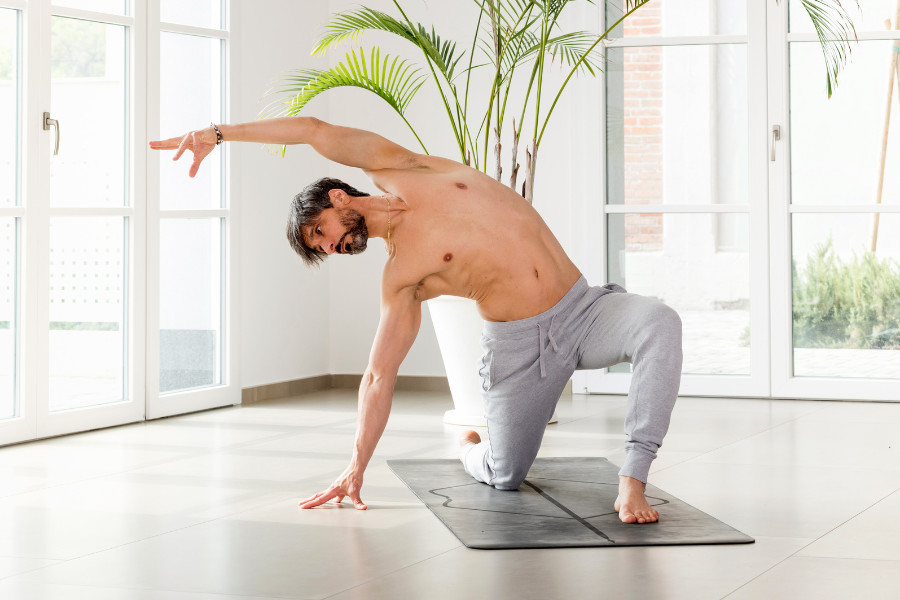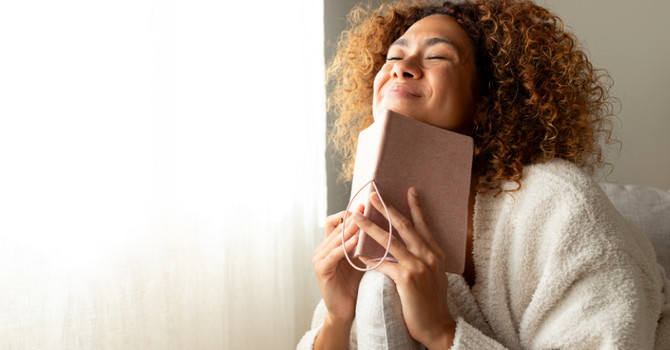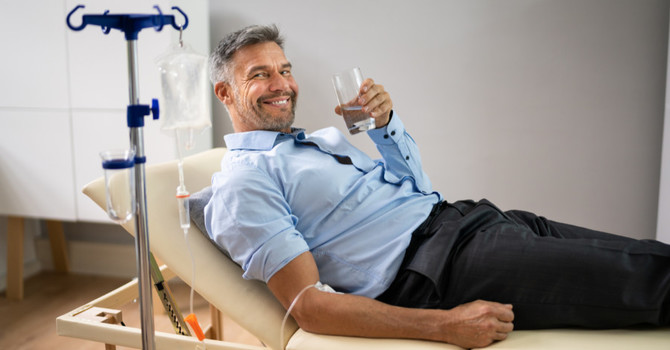
Enhancing Your Recovery and Well-Being
Wellness is never a one-size-fits-all approach. Many people combine different recovery and self-care techniques to help their bodies feel balanced, relaxed, and ready for daily activities. Dry needling is one such tool that can work alongside other wellness treatments to support movement, ease muscle tension, and promote overall well-being.
Whether you enjoy massage, stretching, chiropractic care, or physical activity, dry needling can be a valuable addition to your routine. Understanding how it fits in with other recovery methods can help you create a well-rounded approach to feeling your best.
Pairing Dry Needling with Massage Therapy
Massage therapy and dry needling share the common goal of muscle relaxation, but they work in different ways. Massage focuses on surface-level muscle tension using hands-on pressure, while dry needling targets specific muscle areas to encourage deeper release.
For many, combining the two techniques provides well-rounded relief. Dry needling can address deeper tension, while massage helps improve circulation and relaxation. Some people prefer dry needling before a massage to prepare the muscles, while others find it helpful afterward as part of their recovery.
How Dry Needling Works with Stretching and Movement
If you incorporate stretching or mobility exercises into your routine, dry needling can support these efforts by helping muscles feel more flexible. After a session, many people notice a difference in their range of motion, making stretching feel more effective.
Regular movement—whether it’s yoga, Pilates, or simple daily activity—also benefits from relaxed muscles. Dry needling can complement your movement routine by easing stiffness and making it easier to stay active.
Chiropractic and Other Bodywork Therapies
Many people who see a chiropractor or other bodywork specialists also turn to dry needling for additional muscle support. While chiropractic care focuses on joint alignment, dry needling targets muscle tension that can sometimes contribute to movement restrictions. When used together, these treatments may help improve overall mobility and comfort.
No single treatment works the same for everyone, which is why combining different recovery methods can be a great way to explore what works best for your body. A balanced approach to wellness that includes movement, hydration, and recovery techniques can support a healthy, active lifestyle.
The content in this blog is for informational purposes only and is not a substitute for professional medical advice, diagnosis, or treatment. Always consult your doctor or a qualified healthcare provider before trying new healthcare protocols.



